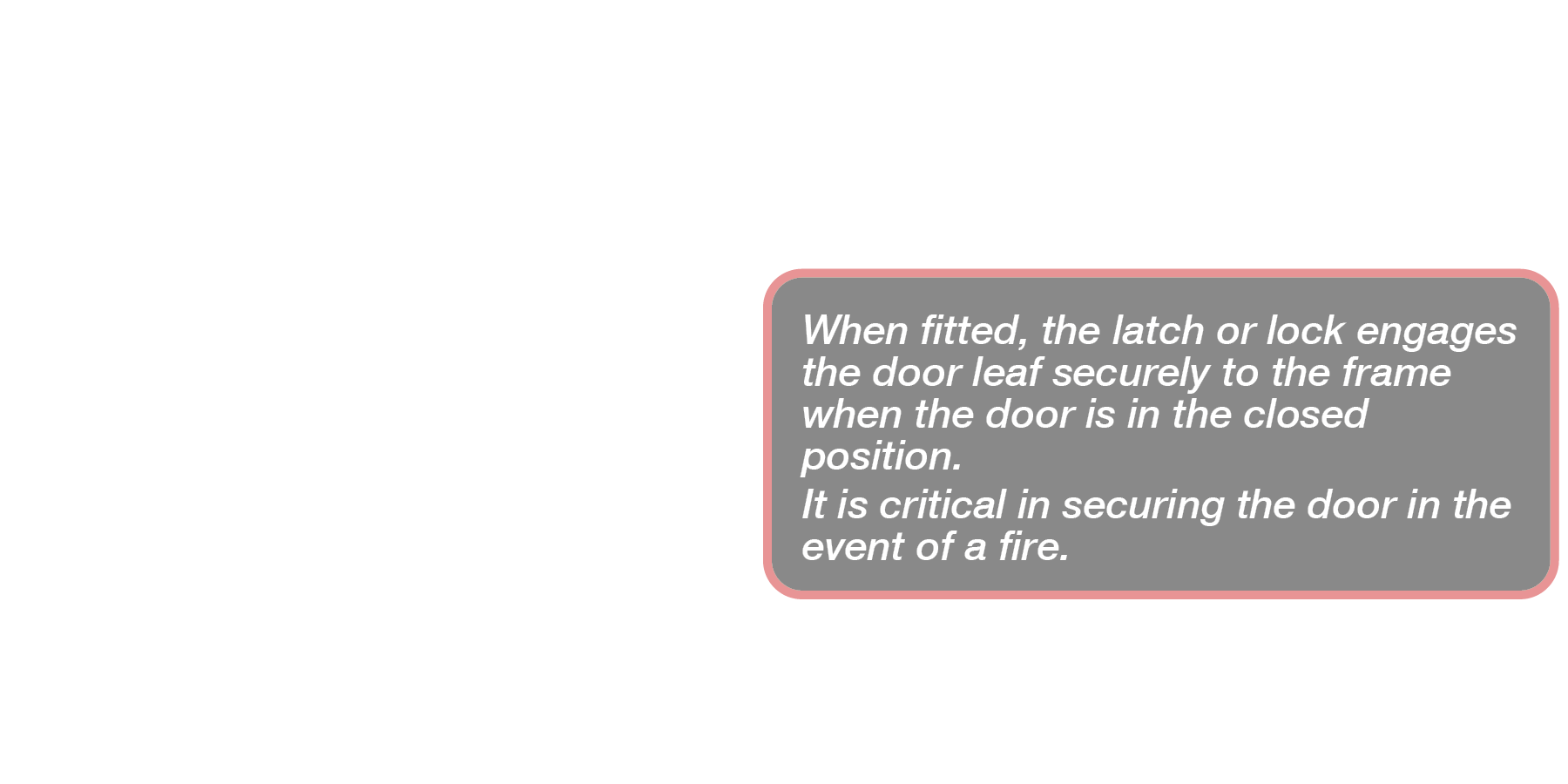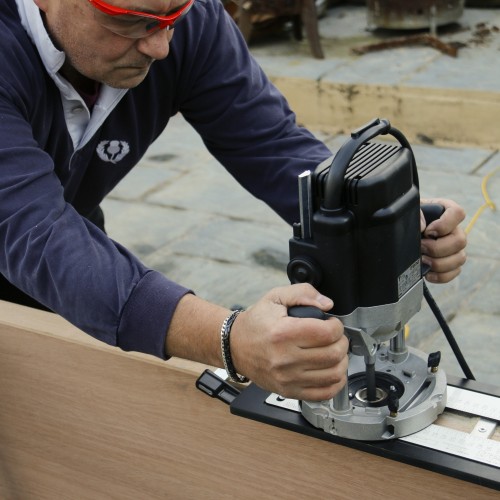

Fire Door Safety Week 2024
What is Fire Door Safety Week?
Launched in 2013 in response to a legacy of fire door neglect, Fire Door Safety Week is a ‘mass market’ awareness campaign to increase public understanding of the vital role that fire doors play in protecting life and property. The campaign is managed by the British Woodworking Federation and is supported by a number of partners, including the Home Office’s National Fire Safety campaign, the National Fire Chief’s Council and London Fire Brigade.
Closing the Gap
It’s crucial to understand the factors that ensure a fire door performs as intended – product manufacture, quality, installation and maintenance all play a part. Their correct specification, maintenance and management can be the difference between life and death for building occupants, as can their use. Propping a fire door open means that they won’t perform as they should in the event of a fire.
Everyone plays their part in ensuring a fire door performs as it should, from the manufacturer through to the building users, and this is why the annual Fire Door Safety Week campaign exists.
We know that security and safety are high on the agenda for homeowners and renters however, fire safety is considered less of a priority. In fact, people are six times more likely to report a heating system issue than a fire door one, and people are twice as likely to report a toilet not flushing or no hot water than a fire door issue. Fire Door Safety Week aims to raise the awareness of the critical role that fire doors play in saving lives and protecting property in the unfortunate event of a fire. Make Time to Save Lives.
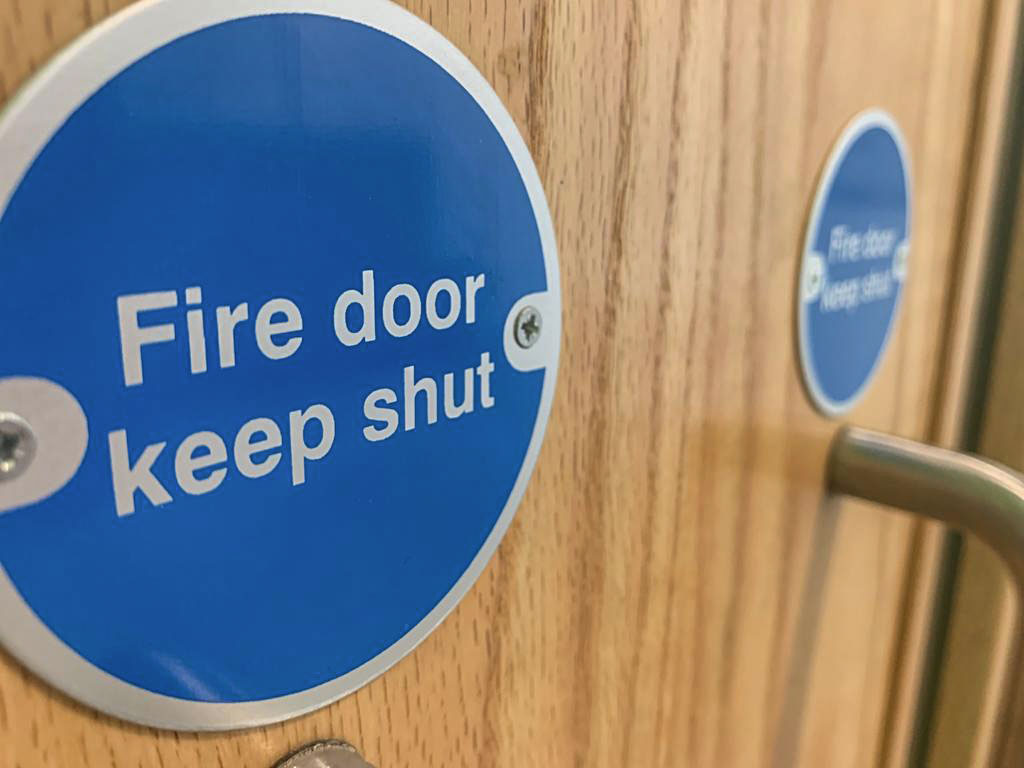

Why are Fire Doors so Important?
Most of us are only made aware of the danger of fire from headline disasters and yet, in the year ending March 2022, fire response teams attended 152,608 fires in the UK (a 1% increase compared with the previous year). There were 272 fire-related fatalities in the year ending March 2022 compared with 237 in the previous year.
The average total response time to primary fires was 8 minutes and 50 seconds: an increase of 15 seconds since the previous. The average total response time to secondary fires was 9 minutes and 13 seconds.
Fire doors play a fundamental role in these scenarios and are rigorously constructed and tested to British Standards BS 476: Part 22 or BS EN 1634-1 to ensure they remain fire resistant for a minimum of 30 minutes (FD30) or 60 minutes (FD60) – holding out long enough to cover response times and evacuation. Fire door hardware is also meticulously designed to comply with UK Construction Products Regulations and is tested under BS EN 1154, BS EN 1155 and BS EN 1634 standards and CE marked. After all, without functioning hardware, a fire door is rendered useless.
However, danger commonly lies where fire door safety is misunderstood. Especially when you consider that last year alone, for local authorities, a staggering 65% of 26,318 planned fire door maintenance and replacement phases did not progress as scheduled – leaving doors neglected and buildings vulnerable.
Sourced from: National statistics - Fire and rescue incident statistics: England, year ending March 2022 & The British Woodworking Federation Group.














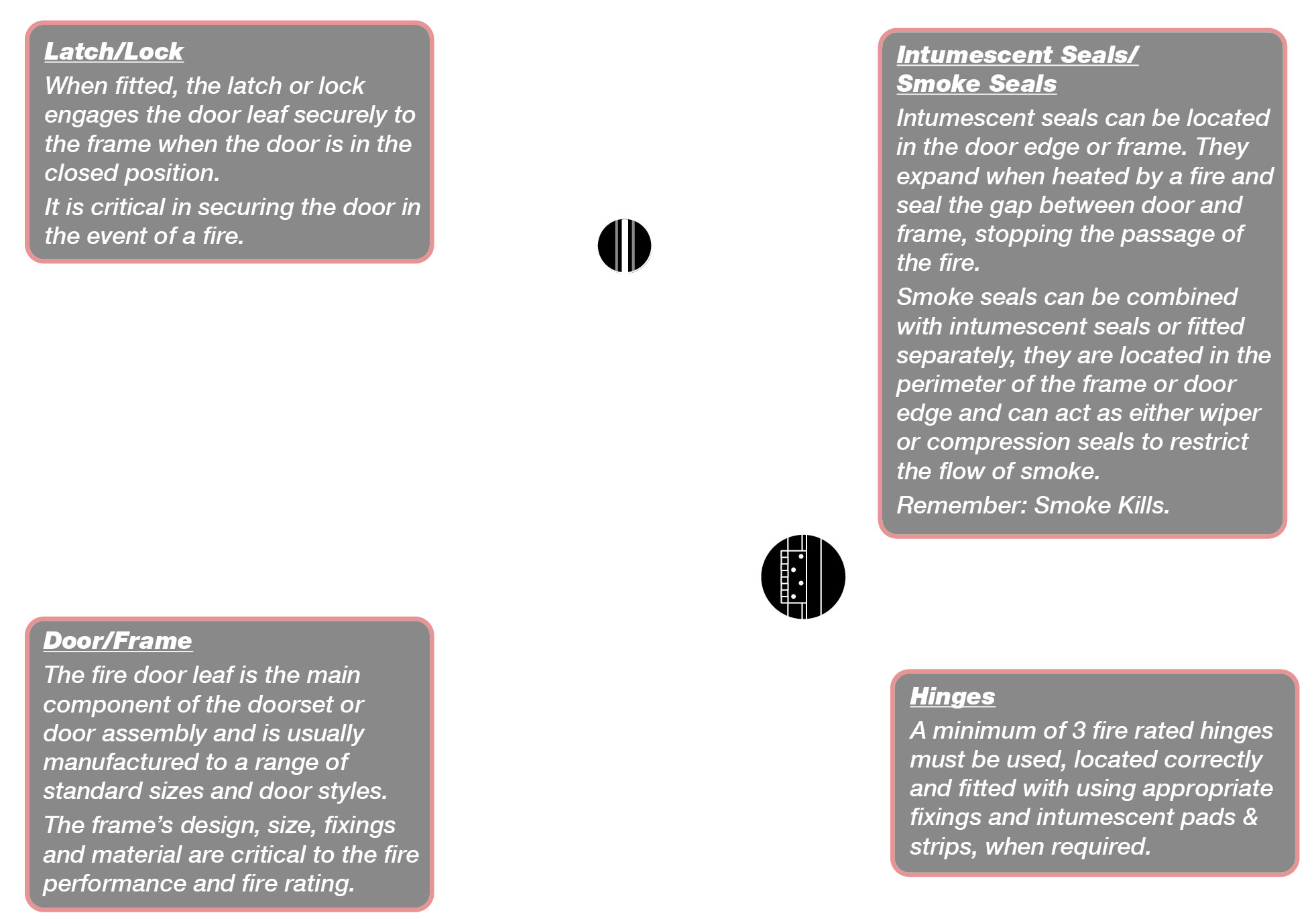





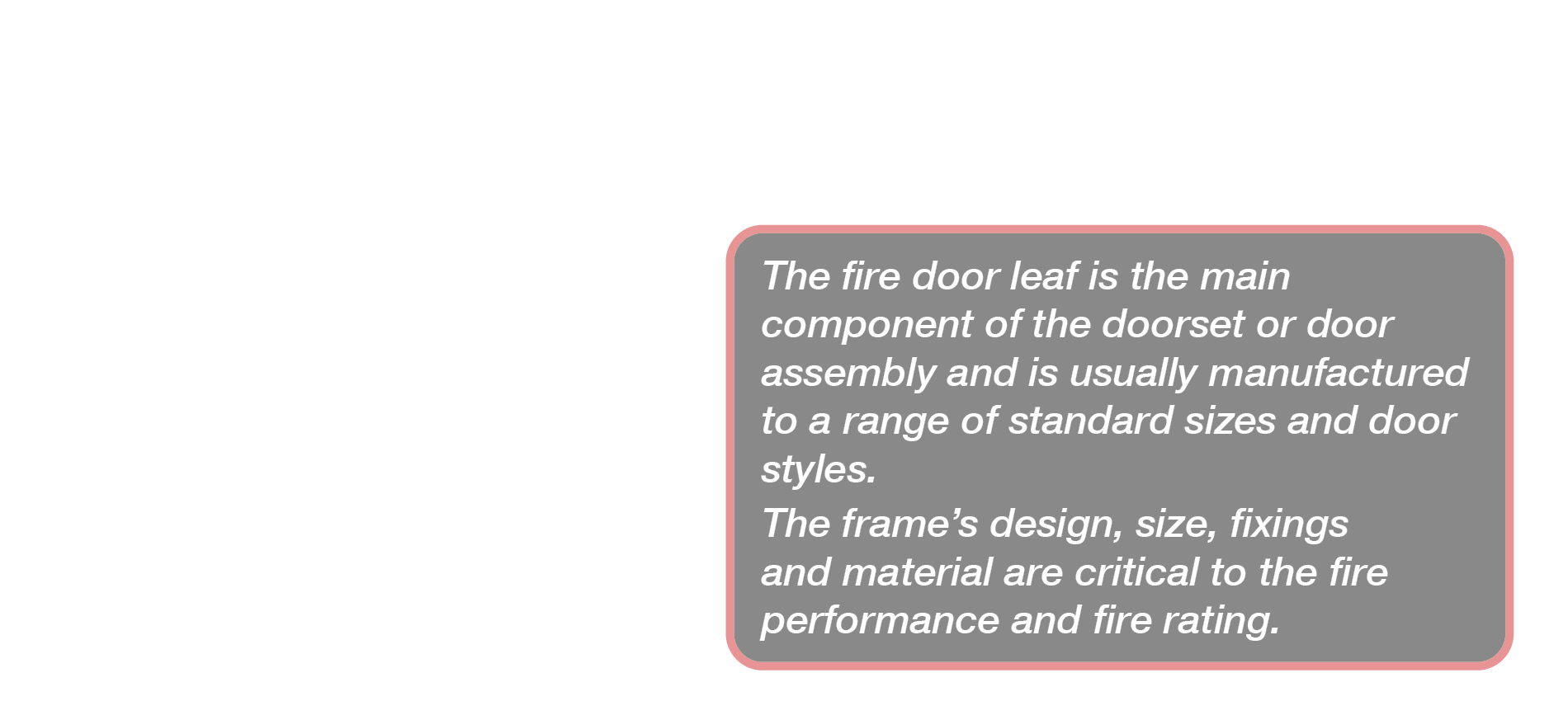

Door Hanging Videos
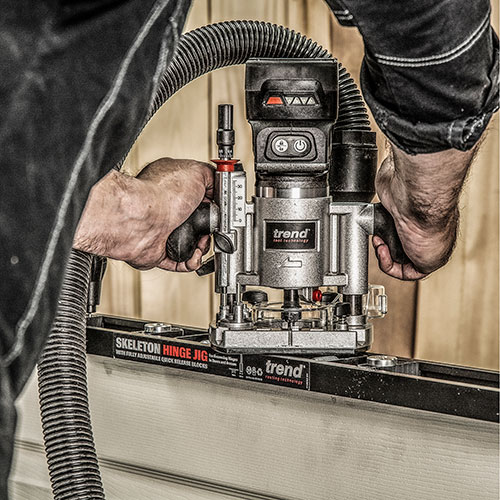





1/2" Router
High-performance trade-focused plunge router with advanced safety features, engineered to deliver reliable, fast, accurate cuts.
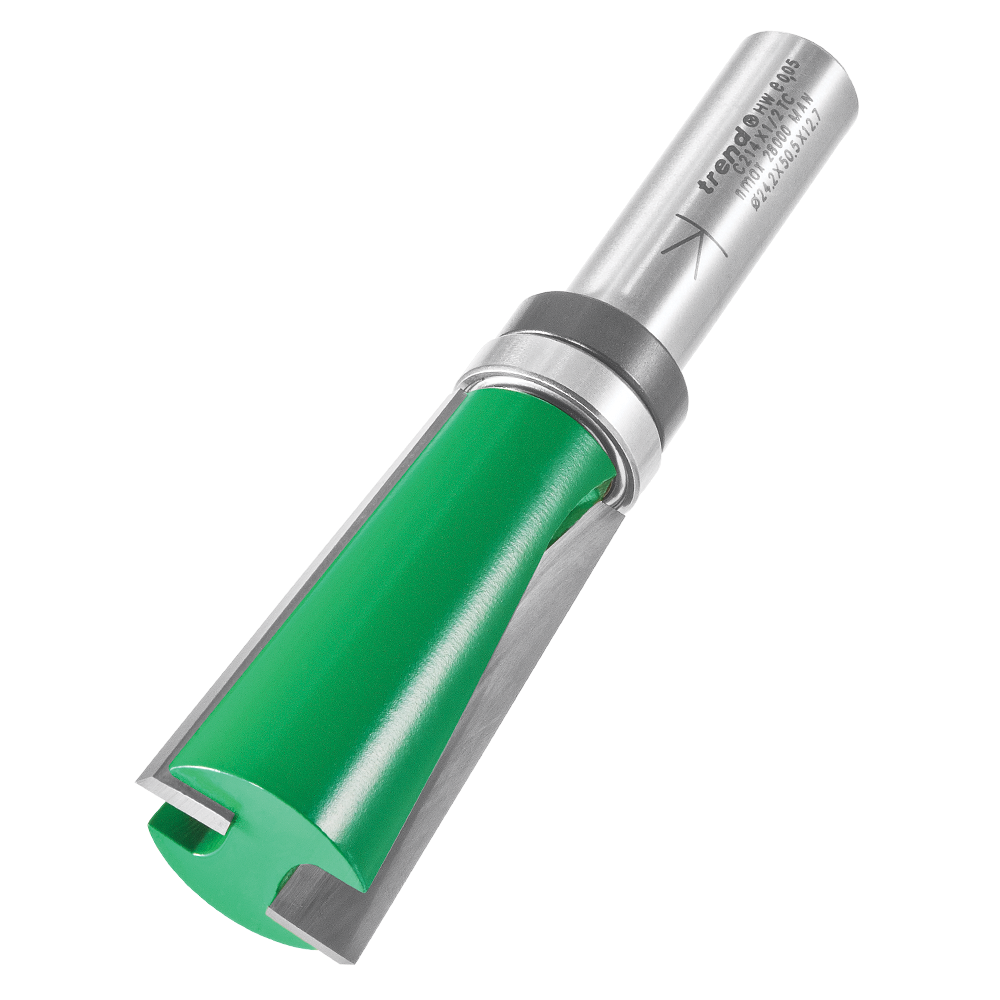

Leading Edge Cutters
Undercut router bit with shank mounted bearing guide for routing a leading edge on doors to allow a tight fit against jamb.


EASYSCRIBE
Handheld scribing tool with extendable plate for scribing in a door frame & marking hing recess depth.


Door Skate
Allows door material to be moved around workshop more easily.


WINBAG
Hand operated inflatable air bag. Ideal for lifting heavy fire doors while fixing.



How to use a Hinge Jig
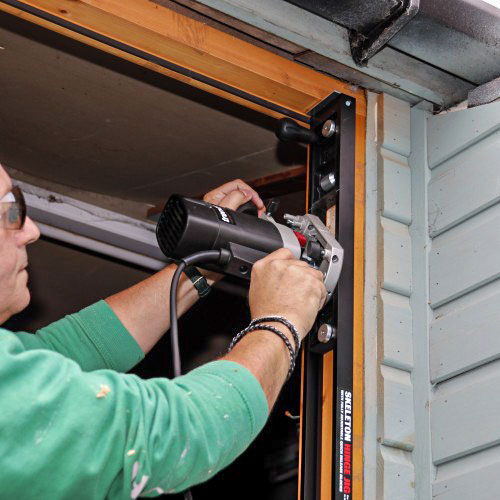





1/4" Router
Brushless router with interchangeable plunge and trim bases.
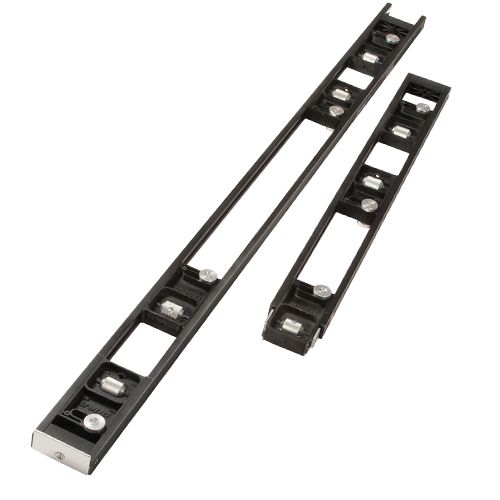

Hinge Jig Skeleton
Designed for recessing hinges in wooden doors & frames using a plunge router.
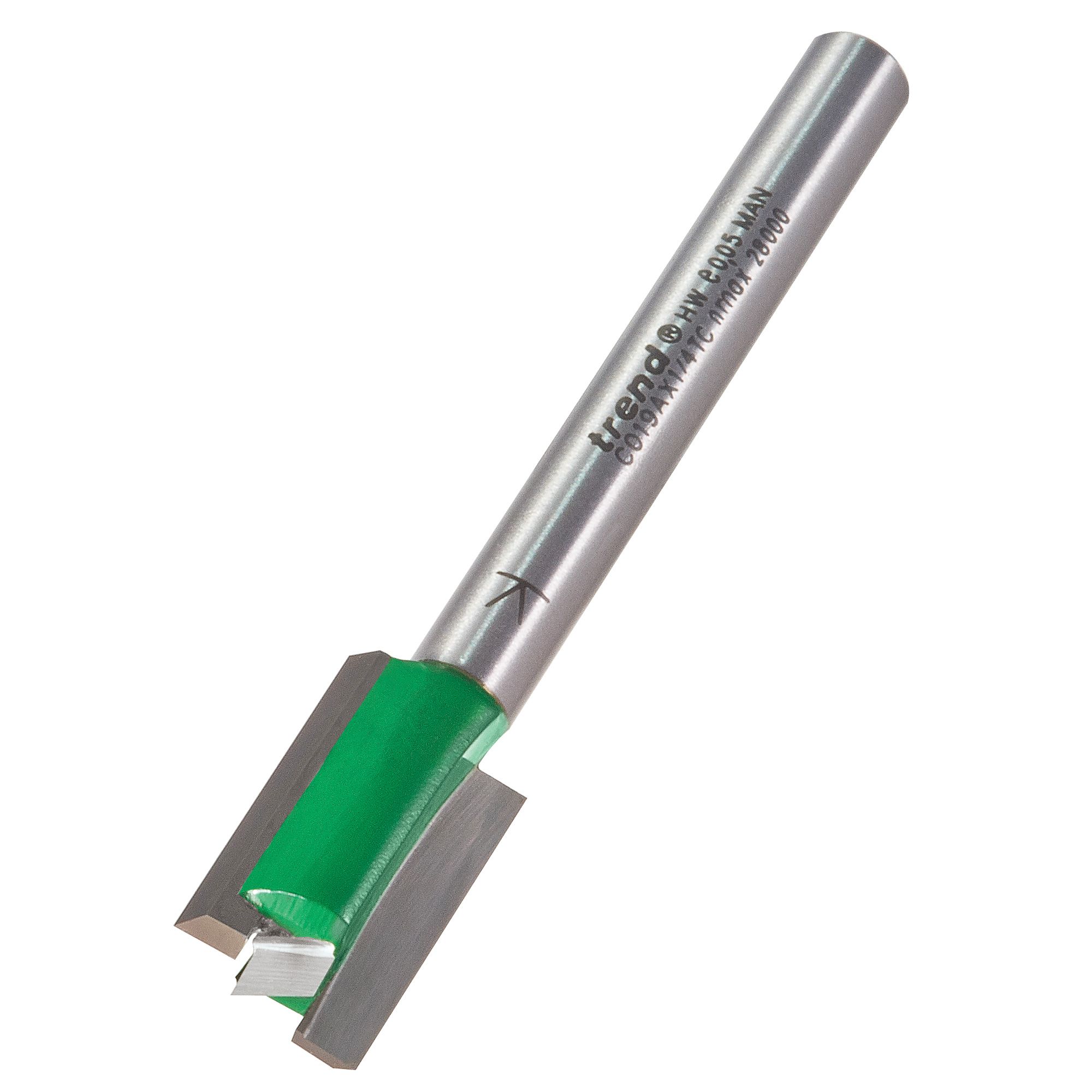

Two Flute Cutter
Suitable for a wide range of application such as groving, rebating and shallow mortising.


Corner Chisel
Allow a rouned recess in wood to be cut to a square recess with the use of a hammer.
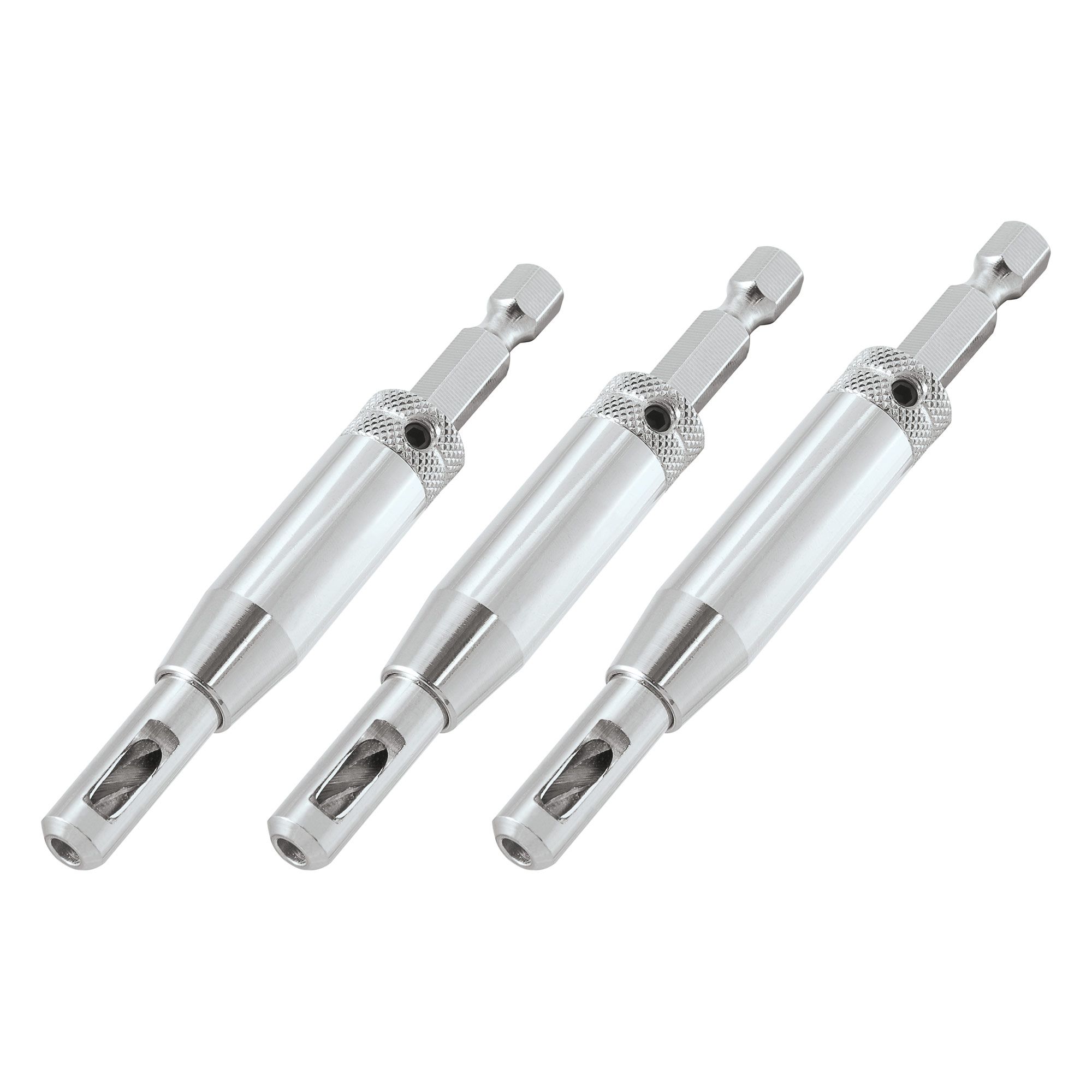

Quick Release 3 Piece Drill Bit
Accurate self centred pilot holde drilling for hinges and lock face plates.




1/2" Plunge Router
A router with an 80mm plunge depth is required when routing a mortise into a door.


Lock Jig
Jig with interchangable templates for use with a plunge router to cut the mortise & face-plate.
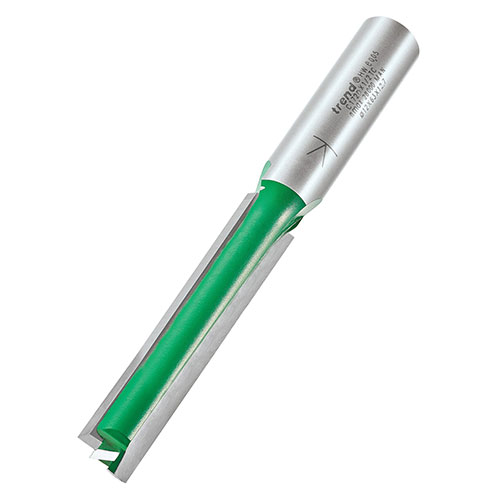

Two Flute Cutter
Suitable for a wide range of applications such as grooving, rebating and shallow mortising.
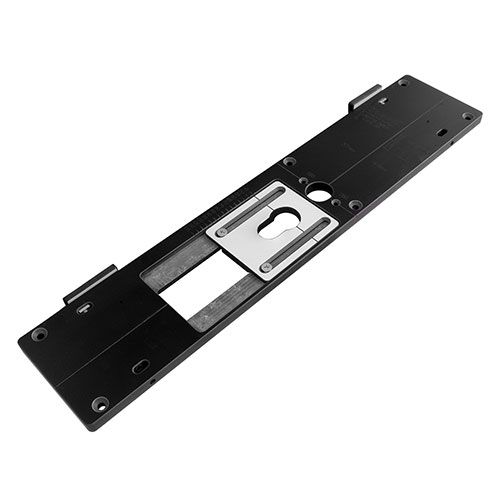

Euro Cylinder Lock Jig
A quick and easy routing jig to cut a hole for Euro Cylinder Lock barrels.


Door Stand
Holds door securley on its edge while routing hinge recesses & mortises for locks. Allows door to be tilted back for fitting into frame.


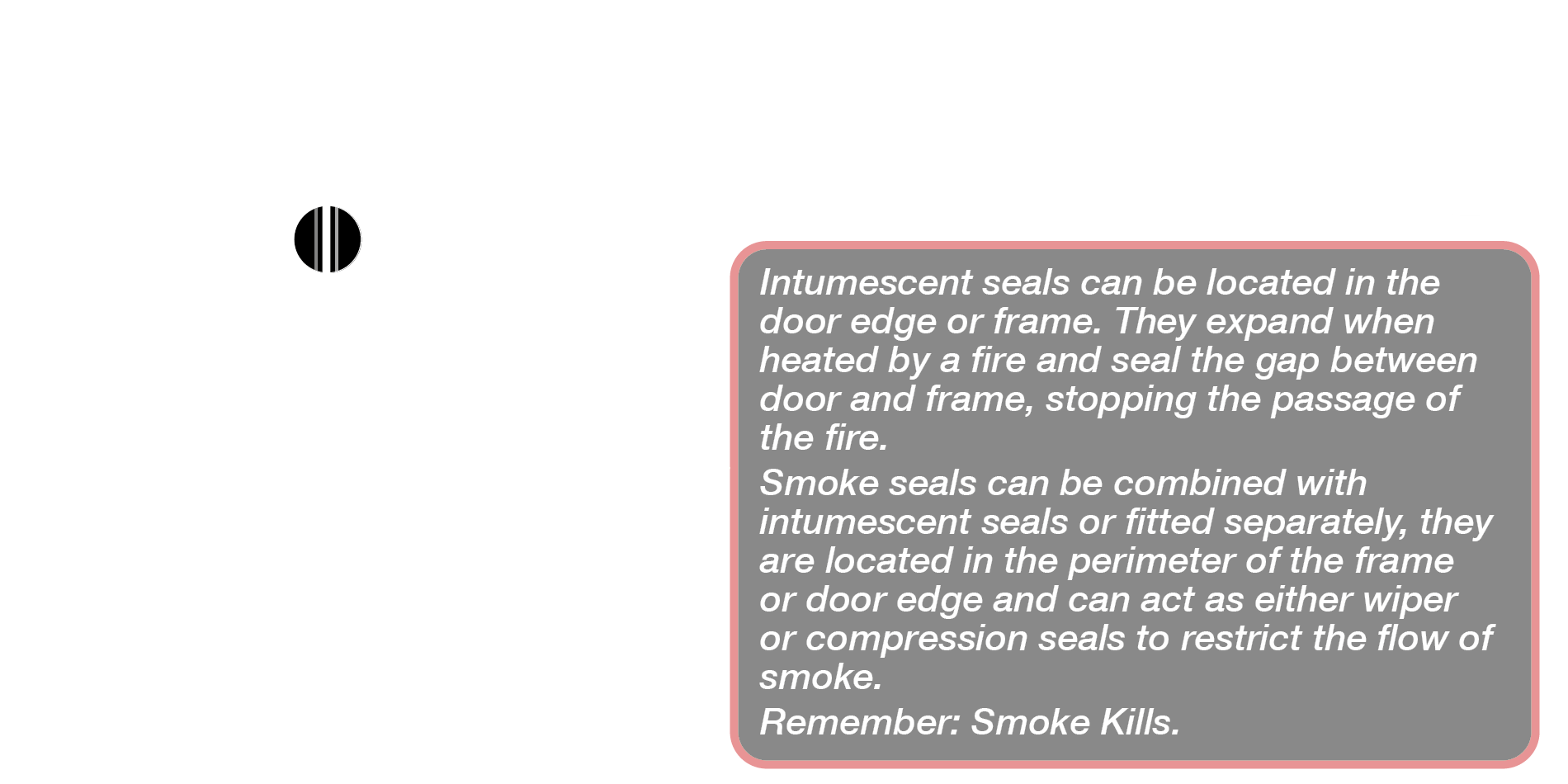

How to Rout a Door for an Intumescent Strip
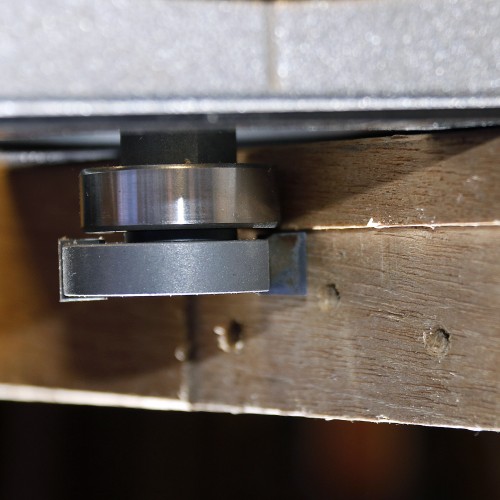





1/2" Plunge Router
High-performance trade-focused plunge router with advanced safety features, engineered to deliver reliable, fast, accurate cuts.


1/4" Plunge Router
High-performance lightweight router with a unique plunge control for reliable, fast, accuarate cuts.


Intumescent Cutters
Cuts the perfect sized slot into door edges and door frames for fast, perfectly flush fitting of intumescent strip.


Door Skate
Allows door material to be moved around workshop more easily.


5 Things to check for Fire Door Safety


1. CERTIFICATION
Look for a label, a plug or similar marking to show that it is certificated & follow the instructions. IMPORTANT: All iron-mongery such as locks, latches, closers & hinges, MUST be CE marked & compatible with the door leaf's certification.


2. APERTURES
Altering the door for glazing apertures and air transfer grilles will make certification VOID.


3. GAPS & SEALS
Check the gap around the door frame is constant and around 3-4mm & CE marked hinges are firemly fixed with no missing screws. Ensure seals are fitted at the top and sides of the door.


4. CLOSERS
Check that the closer shuts the door onto the latch from any position - check from 75mm from the closed position.
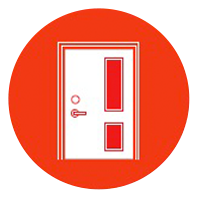

5. OPERATION
Ensure the door closes correctly around all parts of the frame.


Expand your Fire Door Safety Knowledge
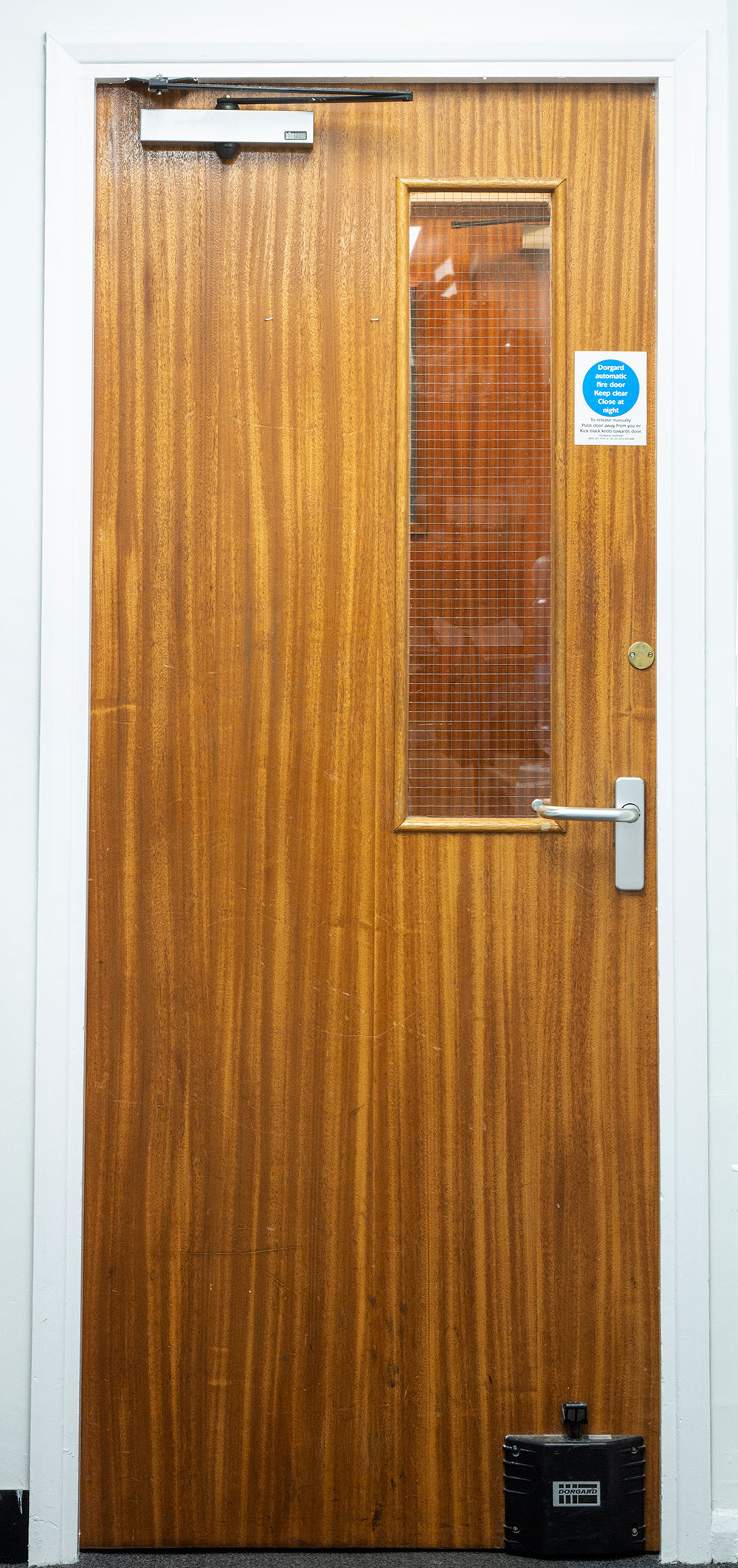

Explore E-Learning Modules: An Introduction to Fire Doors
This online course provide learners with an introduction to fire doors, their component parts, how they save lives, and the impact of making alterations. At the end of the course, learners are provided with a BWF certificate of attendance.
The BWF Introduction to Fire Doors E-Learning course has been certified by the CPD Certification Service.
Attend one of the Fire Door Saftey Week Webinars:
What you could learn about:
The Top 5 things you need to know about Fire Door Inspections
The review of BS 8214: 2016, Timber Based Fire Door Assemblies – Code of Practice
Fire doors in Residential Buildings: Regulation and Compliance







